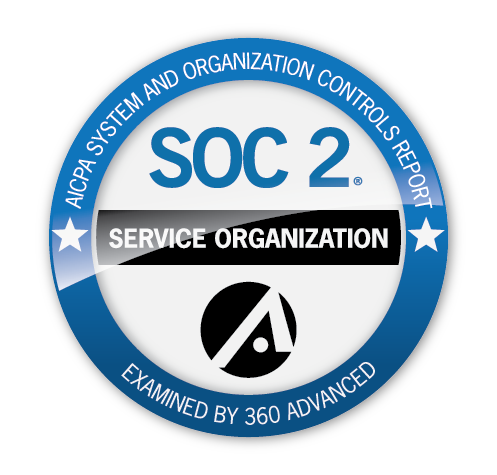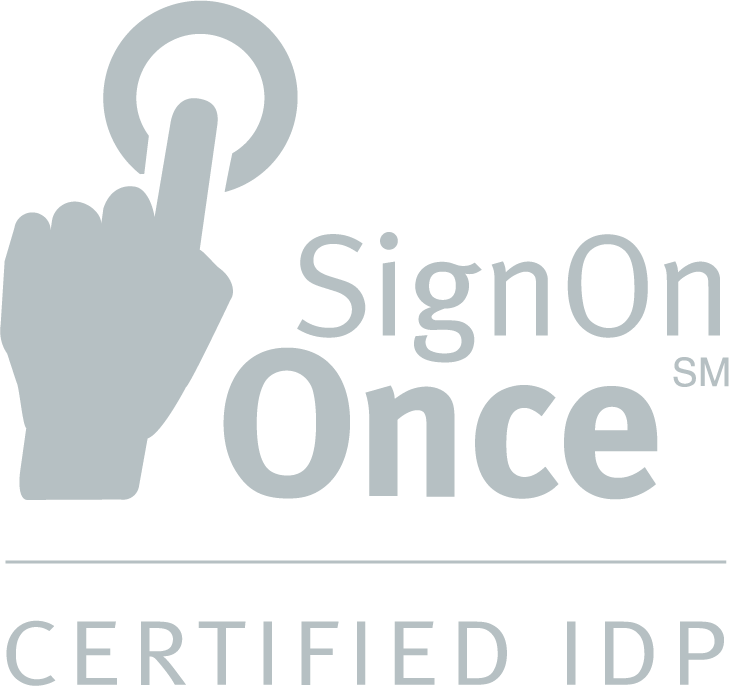Many independent agencies have a succession plan to fill key leader and ownership roles. Based on results from Vertafore’s 2024 survey of insurance professionals, half of owners and principals eyeing retirement in the next five years said there was a succession plan to fill their roles.
But for other soon-to-be retirees, the roadmap for filling their role is less clear. For example, only 15% of account managers and 23% of producers said there was a plan to backfill their positions when they retire.
Anthony Gardner, VP and CIO of Gardner & Strayer Insurance Group knows a thing or two about succession planning for independent agencies. A fourth-generation agency owner and an adjunct professor at Ohio State University, he understands that a well-communicated plan for every role—supported by a modern, efficient tech stack—keeps the gears moving when positions open.
Success planning: Beyond the CEO
For Gardner, it makes sense that agencies would have a well-defined plan for an ownership transfer, but he encourages agencies to look at the full breadth of their org chart. In his experience, an agency’s stability depends on planning for every position so employees know who will step in when a role opens.
“A thorough plan that accounts for every employment possibility provides the peace of mind of knowing that work will continue regardless of who sits in a seat. I can’t stress enough how important it is to be prepared to fill every vacancy and for employees to know the plan ahead of time,” Gardner said.
Why communication is key to planning
For agency leaders, building a comprehensive succession plan starts with meaningful internal conversations.
Earnest discussions about open roles and the people who might fill them can calm a lot of nerves. Sharing information promotes enthusiasm and prevents speculation about who will do what when a vacancy arrives.
While agency leaders don’t need to share every detail of employment decisions, transparency brings lots of benefits. Gardner notes, "Every employee should understand where the business is headed and the roadmap to getting there, fostering open discussions about vacancies and potential opportunities for filling them.”
And there’s more. Having conversations is a great way to find successors who might not be in leadership’s line of sight. Sometimes, the best person to fill an open role is not the first employee who comes to mind. Listening carefully is a great way to find the undiscovered gems sitting quietly at their desks.
Modern technology plays a key role in building a succession plan
Gardner asserts that the adoption of modern technology is essential for an agency’s people strategy as well as its overall business success.
“An agency can’t take its eye off the ball when leveraging current technology. The cost of upgrading, the pace at which it moves, and the efficiencies it brings are too important to ignore. I cannot overstate the importance of technology as an integral component in an agency’s survival,” said Gardner.
When an agency keeps up with the pace of technology, processes, workflows, and data management, it is easier for employees to master and manage their tools. Older or analog solutions limit collaboration and can be costly to replace and update. When employees rely on binders, file cabinets, and people's accumulated knowledge over the years, it isn’t easy to move people in and out of positions.
With the right tech, everyone can stay current with how work gets done and quickly step into empty roles. Agency tech manages data and improves workflows so everyone can work in the processes. These efficiencies make moving employees into vacant positions far better.
For Gardner, the speed of technology innovation mandates that agencies keep up.
“The next person in line for a role, whether soon or in the next 20 years, needs to be able to jump in and keep up. The industry is moving too fast today to allow for lag time. It’s critical that succession planning is integrated with constant technology advancement so there is no stalling. Staying ahead with technology built for an agency keeps everything and everyone moving forward,” he said.
For growth, change is the only constant
The cliché is “Fail to plan? Plan to fail.” For Gardner, this message resonates.
“Some agencies are afraid to make succession plans—possibly they are afraid of change. But change is part of the game now. Agencies that are resilient and open are going to keep growing stronger. They will be prepared for staffing, technology, and industry changes and will move forward. The future is coming, so be prepared to adapt and adjust.”
For more information about succession planning:
Harvard Business Review — Succession planning: What the research says
Score — The small business owner’s guide to succession planning


